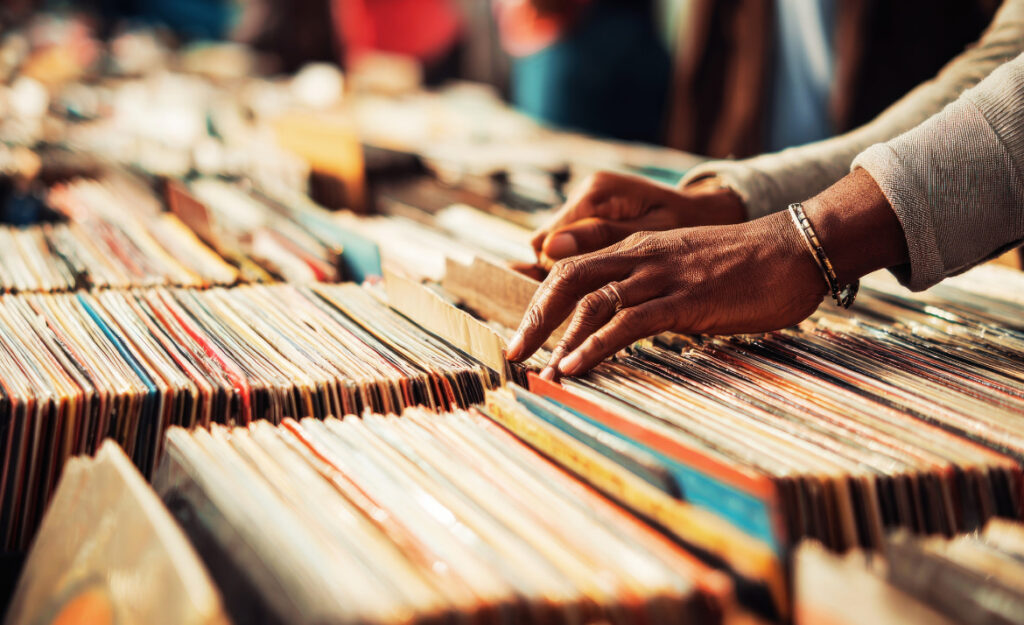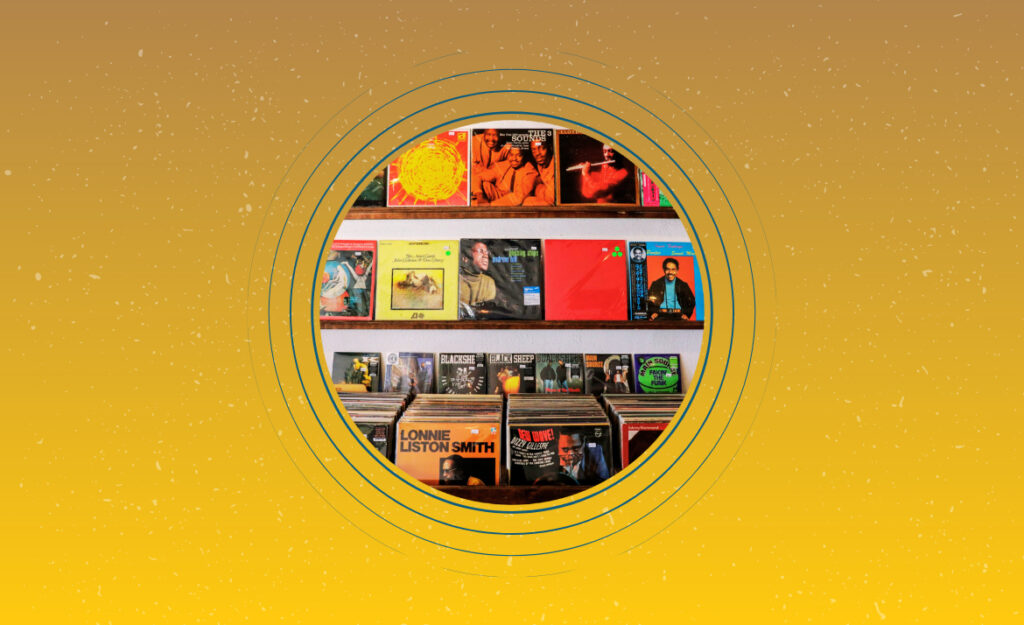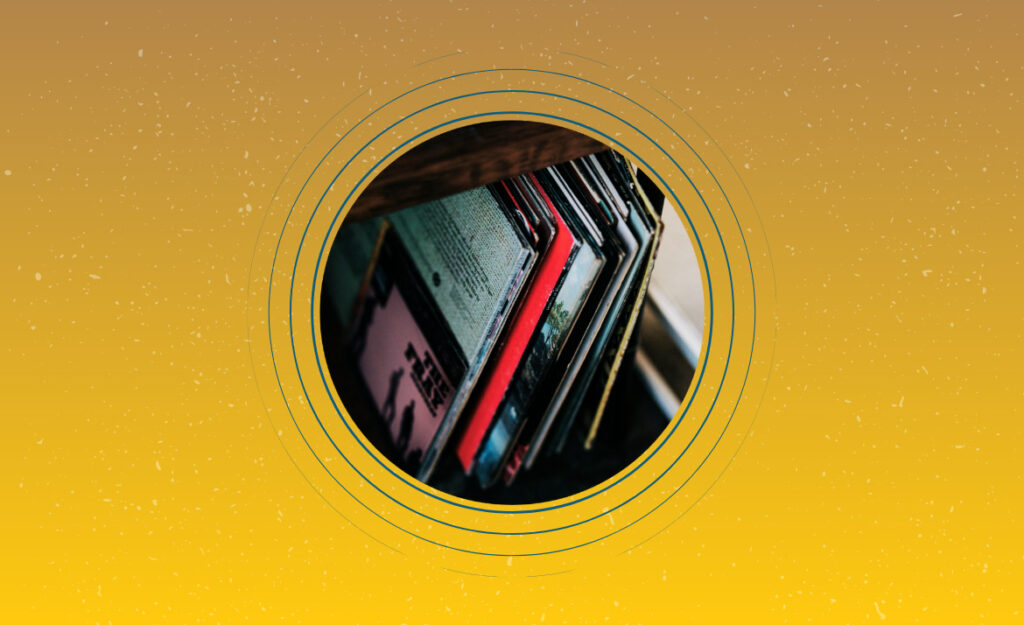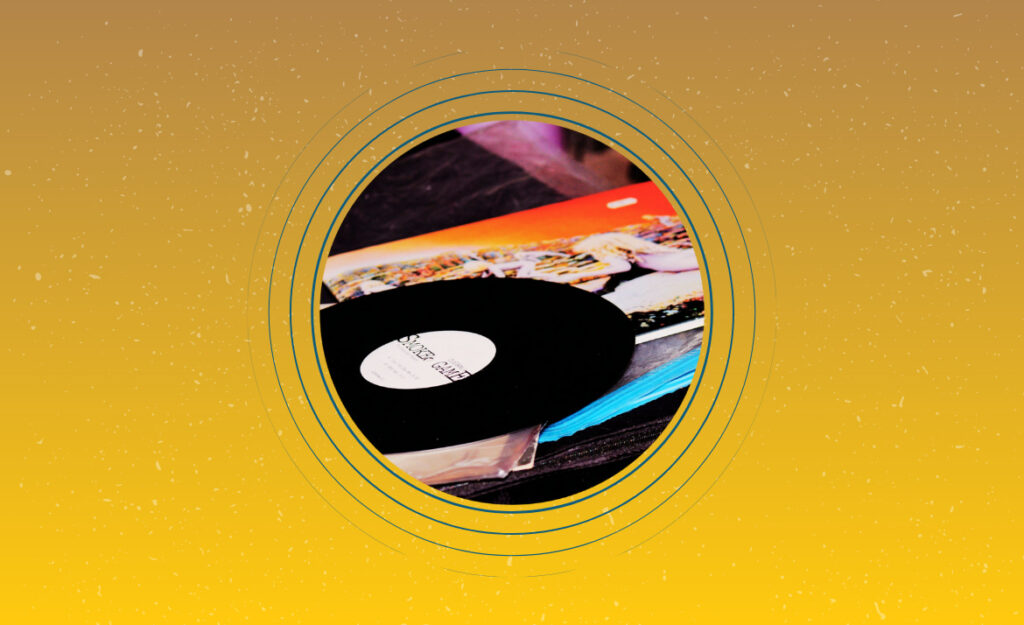
That first hiss and pop as a record drops signals entry into a shared world—one built on sound, stories, and connection. For countless enthusiasts, vinyl collector communities are the beating heart of this universe, ensuring the culture’s spirit stays fresh and inclusive.
The appeal stretches beyond the format. Vinyl collector communities create real bonds: every swap, story, and debate brings new insights into the passion for black gold. These microcosms are where rare finds spark friendships and advice flows as easily as grooves spin.
If you value music, history, or the simple thrill of discovery, you’re in the right place. Dive into the approaches, spaces, and best practices fueling vinyl collector communities—each section brings practical tips, vivid examples, and ways to get closer to the music and its keepers.
Building Lasting Bonds at Local Vinyl Meetups
Attend a local vinyl meetup and you’ll leave with more than records—you’ll gain real allies for your collecting journey. This outcome stems from intentional, recurring gatherings and rituals like album listening parties, themed swaps, and show-and-tell rounds.
At the core, vinyl collector communities thrive because people share their stories just as they share their records. These personal exchanges forge trust and deepen understanding among new and veteran collectors alike.
Turning First-Time Attendees Into Regulars
Mentoring newcomers matters. When someone introduces you to their favorite obscure pressing or explains a label’s backstory, you’re likelier to attend the next meetup and participate fully, creating a friendly, low-pressure vibe.
Longtime members may say, “This was my first 45 from college—want to hear the story?” By sharing, they break the ice and welcome fresh faces naturally. Everyone remembers that first invitation.
Bring one rare or unusual album as a conversation starter. Offering it for communal listening gives the group a sense of shared ritual and a reason to reconnect at future events.
Encouraging Inclusivity Through Diverse Themes
The best vinyl collector communities design activities that invite wide participation. Hosting genre-rotation nights or decade spotlights lets all attendees contribute regardless of their collection’s depth or age.
Consider pairing new arrivals with veterans. Having a theme like “summer soundtracks” leads to funny anecdotes, surprising selections, and even non-collectors joining the fun. Everyone gets a voice, increasing attendance and camaraderie.
Social media reminders and digital RSVPs make it easier for those with busy lives to commit without stress. Regular, welcoming outreach helps turn a casual crowd into a dedicated community.
| Meetup Type | Main Activity | Ideal Group Size | Best for | Next Step |
|---|---|---|---|---|
| Listening Session | Album playback and discussion | 5-20 | Intimate discovery | Bring a personal favorite to share |
| Record Swap | Trading albums | 10-50 | Expanding collections | Curate extras for productive trades |
| Theme Night | Genre or decade focus | 15-30 | Exploring variety | Prep a short story about your pick |
| Expert Q&A | Guest collector shares insight | 10-20 | New knowledge | List one question you’d ask |
| Show-and-Tell | Members present rare finds | 5-15 | Unique items | Photograph yours to display |
Maximizing Connection Through Online Vinyl Forums
Vinyl collector communities online offer instant feedback and global reach, letting participants expand their networks and knowledge beyond geographic barriers. Engaging with these spaces can rapidly boost expertise and confidence for all collectors.
Participants who ask “Has anyone tried cleaning with this solution?” find quick, specific answers. Others may see cataloging advice or lively discussions about pressing quirks—topics that might take months to surface at physical meetups.
Common Etiquette for Respectful Discussion Spaces
Clear forum rules keep vinyl collector communities safe for debate. Norms like “label photos NSFW” or “sales only in approved threads” reduce scams and build trust. Sticking to verified information signals respect and encourages more detailed sharing.
- Share purchase stories with catalog numbers to explain your reasoning—this educates others while improving trade safety.
- Always credit photos, label scans, or price guides used in posts to maintain transparency and avoid confusion in vinyl collector communities.
- Respond directly and kindly to questions, even basic ones, to foster learning environments for all levels.
- Keep signature lines concise—long, sales-heavy bios distract from discussion and may cause mistrust in vinyl collector communities.
- Avoid “bump” posts; use direct messaging or forums’ built-in interest features to revisit older threads cleanly.
Following these steps builds the stable, resource-rich online vinyl collector communities everyone benefits from, no matter their experience level.
Favorite Features of Leading Online Groups
Some online vinyl collector communities stand out because they provide searchable databases, rating systems, or trusted user reviews. Features like “verified seller” icons keep exchanges safe and transparent.
- Join genre-specific subgroups for focused recommendations based on your favorite musical styles or eras.
- Use event calendars to find live unboxing streams and Q&A sessions with label archivists or collection curators in vinyl collector communities.
- Browse gallery threads to see real photos of rare or oddball records, inspiring your own searches or trade offers.
- Contribute to local meetups boards if you’re new—ask, “Anyone near me collecting 80s R&B?” to bridge digital and real-life collecting worlds.
- Leverage internal message tools to arrange safe, in-person trades—choose public spots, and specify terms in private messages for transparency.
Participating in robust online vinyl collector communities unlocks new friendships, tools, and insights that can transform your listening and collecting journey.
The Power of Storytelling in Record Collector Groups
Vinyl collector communities set themselves apart with stories that turn grooves and jackets into living history. Sharing personal narratives makes each album’s groove meaningful—members gain new context and clearer collecting priorities every time an anecdote is shared.
One collector describing the chase for a promo-only jazz pressing encourages others to share their adventurous finds. Storytelling builds group identity and creates connections far deeper than plain record trading ever could.
Celebrating Album Discovery Rituals
Picking up a plain-looking LP at a meeting, hearing someone exclaim, “This changed everything for me!” creates instant anticipation. People crowd around, waiting to hear the track or liner note detail that made it special.
It’s like uncovering a secret recipe: each detail adds flavor to the event. Listeners ask questions, dig through their own memories, and sometimes plan a group hunt for a similar pressing next month.
Turn storytelling moments into rituals—set aside a story slot each gathering where one person explains the personal journey behind their latest find.
Connecting Across Generations in Collector Spaces
A grandparent introducing a favorite Beatles mono to a grandchild who’s grown up streaming is a powerful moment. Their story, maybe starting with, “We saved up for months for this copy,” carries weight no digital file can match.
Recording these stories, either as audio or brief newsletters, enriches everyone. It keeps vinyl collector communities vibrant and ensures legacies endure for new collectors.
Collectors who document generational stories enable both family bonds and community growth. Sharing these tales, even in summary, helps the next meetup feel like coming home.
Preserving Vinyl Culture With Events and Swaps
To create resilient vinyl collector communities, event organizers plan unique experiences—from swaps focused solely on obscure genres to full collector fairs with expert panels. These gatherings provide crucial renewal for both seasoned collectors and casual newcomers.
Organizers see engagement grow when each event includes hands-on activities: label-art competitions, on-the-spot cleaning demos, and quizzes with prizes rooted in local vinyl lore.
Examples of Interactive Event Elements
Host a “pressing date guessing” contest: participants study runout codes and test their knowledge, winning modest prizes. It builds friendly competition and sharpens research skills at the same time.
Arrange live listening booths where people audition new finds before swapping or bidding. A person might say, “Spin this 70s funk record—listen to that deep groove!” Participants learn new genres and swap tips mid-session.
Feature a “vinyl rescue” table: participants pitch records with damaged sleeves. The group votes, and the best fixer restores it for display next time.
Linking Digital Promotion to Physical Events
Announce each swap or listening party with quick photo posts and RSVP links across vinyl collector communities. Short recaps and member shoutouts after events help maintain community momentum and spark curiosity for future gatherings.
Highlighting swap success stories—“Scored a mint rare pressing and met a new trading partner!”—inspires others to participate or organize their own mini-meetups using the same format and checklist.
Collect photo galleries to document attendance and preserve fun memories. Use these images on digital platforms with consent, building excitement and anticipation for the next event.
Troubleshooting Common Challenges in Collector Communities
Vinyl collector communities inevitably face obstacles, such as miscommunications during trades or unclear rules for grading condition. Addressing these challenges head-on keeps the experience positive and attracts even more passionate members.
When a trade goes wrong—say, a record graded VG arrives with a skip—it’s essential to follow transparent mediation guidelines, which most well-run communities post in their FAQ or welcome threads.
Clear Communication for Trade Success
Use simple language and agreed-upon standards when describing records for trade or sale. Instead of “good shape,” specify, “no visible scratches, plays through without pops.” Direct, plain terms make expectations clear and avoid disputes.
If tension arises, acknowledge it openly: “I know this pressing had issues—let’s work out a fair compromise.” Owning up to mistakes diffuses anxiety and speeds up resolution.
Emphasize in-person trade rules for local meetups. Listing exact venues, times, and backup plans shows reliability and keeps everyone comfortable, especially newer members.
Maintaining Sustainability and Preventing Burnout
Sharing responsibilities among several organizers spreads the workload. Rotate event themes, host locations, and communication duties using a group calendar, so no single person bears the brunt for too long.
Encourage feedback after each gathering: “What should we tweak next time?” Document suggestions and follow through on changes—demonstrating a responsive, adaptable community culture.
Offer breaks during longer events, like brief “crate-digging pauses,” so participants can stretch, snack, or catch up. These intermissions prevent fatigue and foster casual conversation between sessions.
Conclusion: The Enduring Value of Vinyl Collector Communities
The fabric of vinyl collector communities is woven from the shared rituals, customs, and care shown among their members. In meeting rooms, living rooms, and forums, each story and trade strengthens the thread.
Even as musical formats change, the bonds formed and lessons shared within these communities prove endlessly adaptable. They provide not just tips, but belonging—and a reason to keep returning for another dig through the crates.
Today’s collectors learn from yesterday’s guardians, and tomorrow’s fans will build on these traditions. To experience vinyl’s magic fully, invest in community—every gathering and chat keeps the culture spinning forward.



